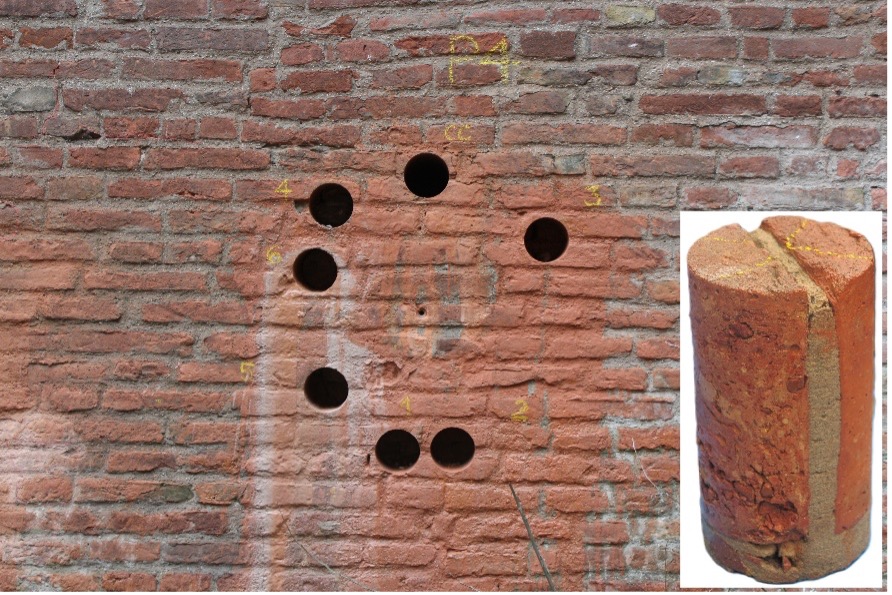Testing Methods for Masonry Cores: A way forward to increase reliability of mechanical properties evaluation
DOI:
https://doi.org/10.21809/rilemtechlett.2024.207Keywords:
Unreinforced masonry, Cylindrical core, Compression properties, Shear properties, International committeeAbstract
The assessment of unreinforced brick masonry structures and infrastructure is a worldwide challenge for the development of resilient urban areas and preservation of historical assets. Among other factors, the estimation of mechanical performance of masonry in existing construction is of importance. However, the characterisation effort does not always satisfy the requirements from structural analyses point of view, i.e. need of elastic, strength and toughness properties, and/or from technical point of view, i.e. use of conventional technical expertise and limited invasiveness. In this respect, the new RILEM Technical Committee CTM aims at promoting the use of tests on masonry cores for the evaluation of compression and shear properties of unreinforced masonry with regular units. Upon a state-of-the-art review, a database of previous experimental test series will be created to identify influencing factors (e.g., core’s geometry, boundary conditions). Selected testing procedures will be compared at various international institutes for a variety of masonry types typically used in existing structures and infrastructure. By comparing results with standardise tests, correction factors will be identified. Eventually, testing guidelines to characterise masonry with core specimens will be defined and shared within the research and engineering community.

Downloads
Published
How to Cite
Issue
Section
License
Copyright (c) 2025 Rita Esposito, Francesca Ferretti

This work is licensed under a Creative Commons Attribution 4.0 International License.
Authors retain copyright of the articles published in RILEM Technical Letters and grant the journal the right of first publication with open access. The work is simultaneously licensed under Creative Commons Attribution 4.0 International License (CC BY 4.0) that allows others to share and adapt the work under the following terms: 1) a proper attribution is given in a form of bibliographic record with the DOI link directing to RILEM Technical Letters; 2) a link to the license is provided; 3) the changes (if any) are indicated.









